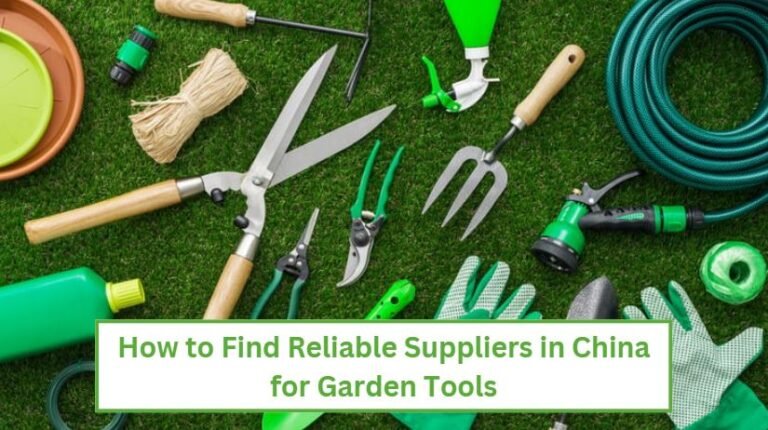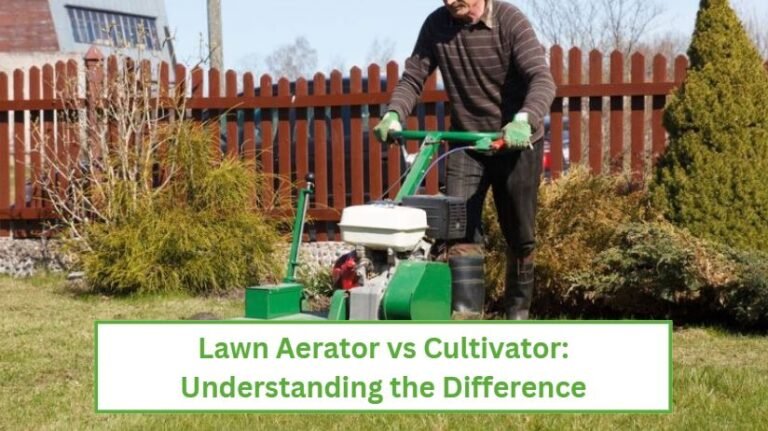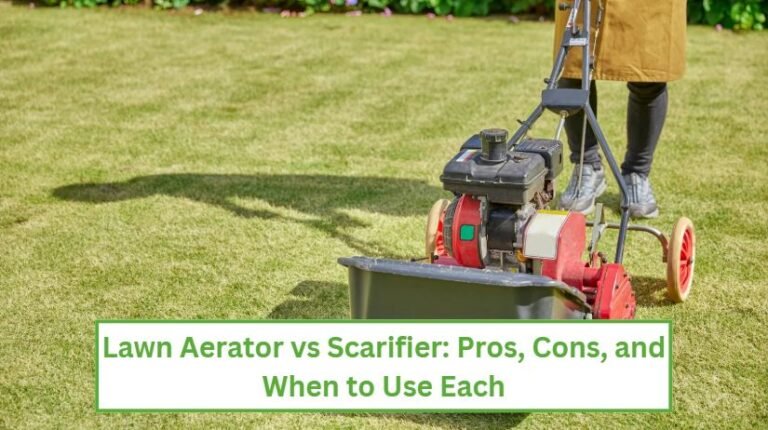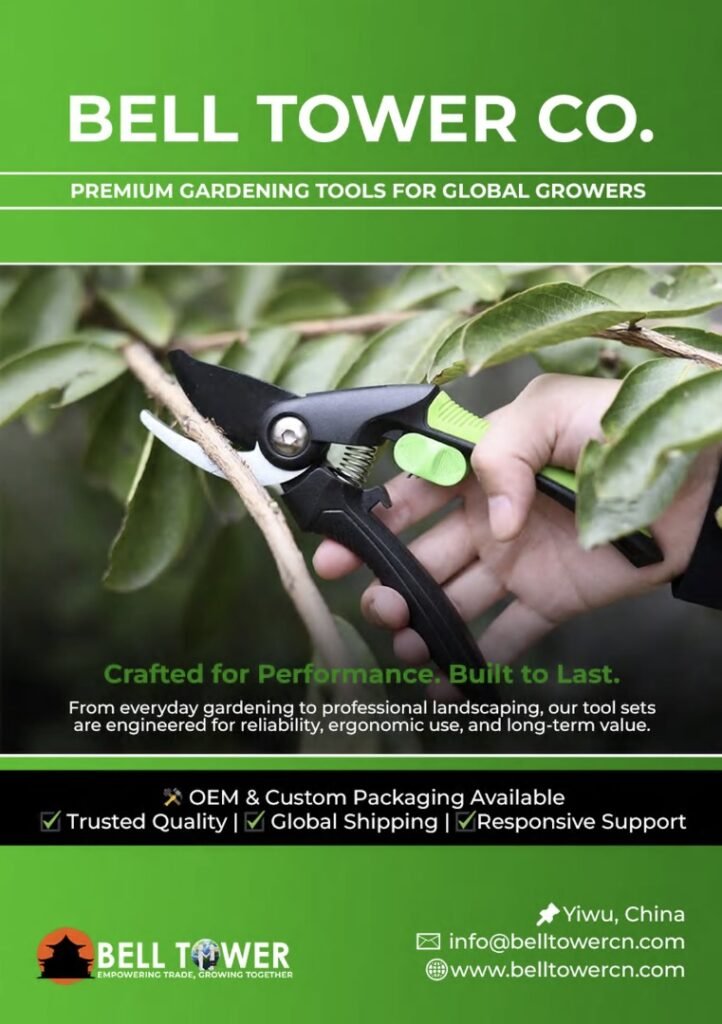If your lawn refuses to grow no matter how much you water it, you’re probably dealing with compacted soil.
That’s where a lawn aerator comes in handy. Aeration is one of the best ways to breathe new life into your grass. In addition to strengthening the grass, the process also enhances the appearance of your lawn.
A lawn aerator creates small holes in the soil either by punching spikes into the ground or removing plugs of soil. This helps water, air, and nutrients reach the roots easily.
In this post, we’ll break down the types of aerators, what they do, the benefits of lawn aeration, and much more.
Types of Lawn Aerators
Depending on how it creates holes in the soil, an aerator can be divided into three types:
Spike Aerators: Use solid spikes to poke holes. Its overuse can lead to soil compaction around the holes.
Plug Aerators: Perfect for deeper aeration, these aerators pull out small plugs of soil and thatch.
Liquid Aerators: Usually use natural ingredients that break down compacted soil over time. They’re convenient but take more time than plug aerators.
What Does a Lawn Aerator Do
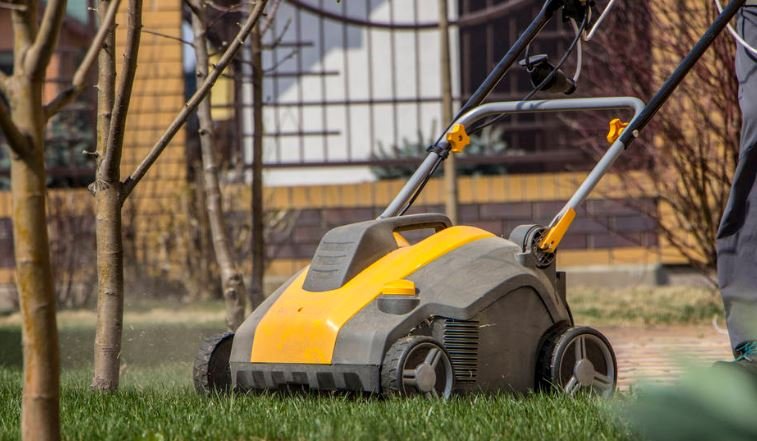
The main job of a lawn aerator is to help your lawn “Breathe” better. It loses compacted soil and removes access thatch, creating a way for air, water, and nutrients to reach deep into the grass roots.
Aeration leads to:
- Improved root growth
- Better water absorption
- Reduction in water pooling
- Thatch breakup
We’ll discuss these benefits in detail below.
Benefits of Lawn Aeration
Aeration improves your lawn in several ways.
Thicker, Heavier Grass
With aeration, the roots of grass get what they need for growth. Over time, your lawn turns into a carpet with even and thick grass.
Better Resistance to Drought
With better water retention and deeper roots, aerated soils can better handle dry spells than compacted ones.
Your grass won’t turn brown as quickly due to the heat, and you’ll need to water it less often.
Reduced Risk of Diseases
Waterlogged soil can cause fungal diseases. Aeration improves drainage and prevents thatch buildup, keeping your lawn dry, healthy, and safe from diseases.
Better Fertilizer Performance
If you’re using fertilizers and not seeing any results, compacted soil may be blocking the nutrients. Aeration ensures your fertilizer reaches where it’s needed.
Check Out Our Manual Lawn Aerator.
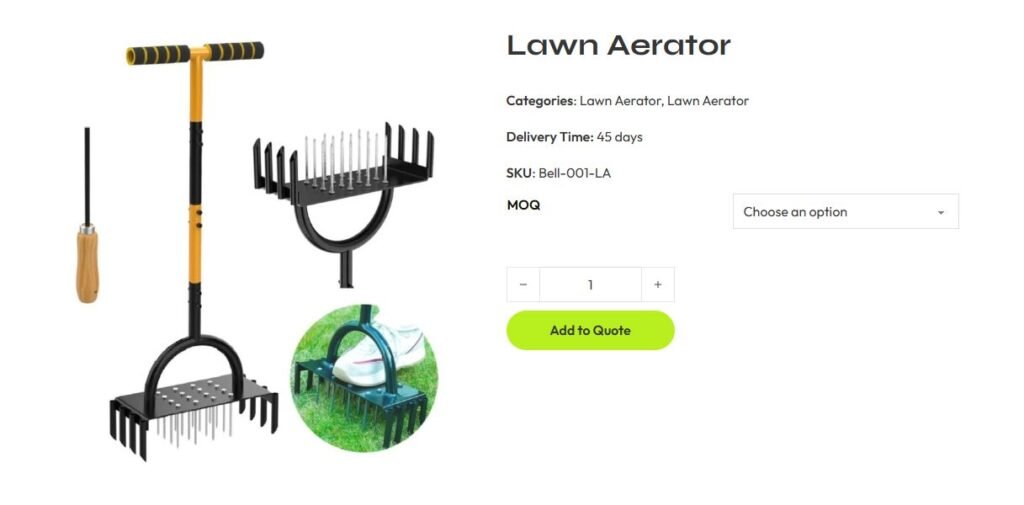
When Should You Aerate Your Lawn
There’s a right and wrong time to aerate a lawn, and it depends on your grass type.
Do it in early fall or early spring if you have cool-season grasses. That’s when they’re actively growing.
Aerate warm-season grasses in late spring to early summer, right before peak growing season.
Avoid aerating in extreme heat and during dormancy. Give your lawn some time to recover and grow into the holes you’ve created.
Most lawns don’t need aeration more than once a year. Twice is more than enough even for lawns with heavy foot traffic and heavy clay soil.
Signs Your Lawn Needs Aeration
You don’t need a soil test to know if your garden needs to breathe better. Just pay attention to how it looks, feels, and behaves.
If your lawn is giving you these signals, it probably needs aeration:
- Water pooling after rain: If rainwater sits on the surface instead of soaking in, that’s your first sign. Compacted soil doesn’t absorb water easily.
- Hard, compacted soil: Try pushing anything pointy into the soil. If it takes too much effort, your soil might be too compacted.
- Thin, patchy grass: If your grass looks yellowish and tired, even with regular mowing and watering, it’s probably not getting what it needs.
- Thatch buildup (Lawn feels spongy): If your lawn feels spongy, it’s likely because of a thick thatch layer underneath the surface.
Look for one or more of these signs if you’ve recently used heavy equipment on your lawn or there has been a lot of foot traffic.
Get Our Free eBook: Time-saving equipment, maintenance tips, and how to choose tools that match your specific gardening style
How to Aerate Your Lawn (Step-by-Step)
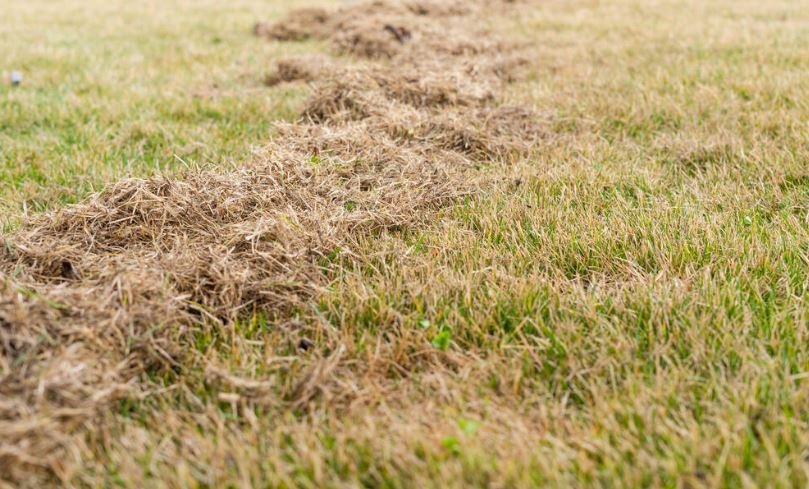
Aerating is easy. You can do it yourself or hire someone. For small lawns, a manual aerator does the job. If you have a large yard, renting a machine will make the process faster and easier.
Prep the Lawn
Before you start the process, get your lawn ready. Start by watering your lawn 1 – 2 days before aerating. Moist soil will be easier to work with. Next, trim your grass short. It’ll help the aerator work more effectively.
Aerate
If possible, use a plug aerator. It pulls out small plugs of soil and thatch, allowing more nutrients, water, and air inside. Go over your lawn in straight lines, just like mowing. Go over the spots that are more compacted or hard twice.
Water and Feed
Now that the soil is loose, water can reach the roots more easily, helping them grow. Aeration also creates a perfect environment for new seeds and nutrients. Overseed your lawn after aeration, especially if it’s patchy. Follow up with fertilizer.
Frequently Asked Questions
Will Aeration Fix a Bumpy Lawn?
Aeration relieves compacted soil, but may not help with uneven ground or bumps. For leveling your lawn, you may need topdressing or lawn leveling in addition to aeration.
How to Tell If a Lawn Needs Aeration?
Look for pooling water, compacted/hard soil, a thick thatch layer, or patchy grass. If your lawn feels spongy, it likely needs aeration.
When Not to Aerate?
Avoid aerating when the grass is dormant and during extreme heat and drought. Aeration at the wrong time can work against you, slowing recovery and stressing the lawn.
What is Overseeding?
Overseeding means spreading new grass seeds over an existing lawn to improve density. The right time to do it is after aeration, when seeds can have better contact with the soil.
Conclusion
Lawn aeration is a powerful way to ensure your grass grows well from the ground up. If you’ve never aerated your lawn, and it looks patchy or unhealthy, aeration is worth a shot.
The soil below your grass matters; if it’s compacted, air, water, and nutrients can’t reach the roots easily. With aeration, your soil starts breathing better, which makes everything better.
Related Read: Lawn Aerators vs. Tillers (Comparison)

